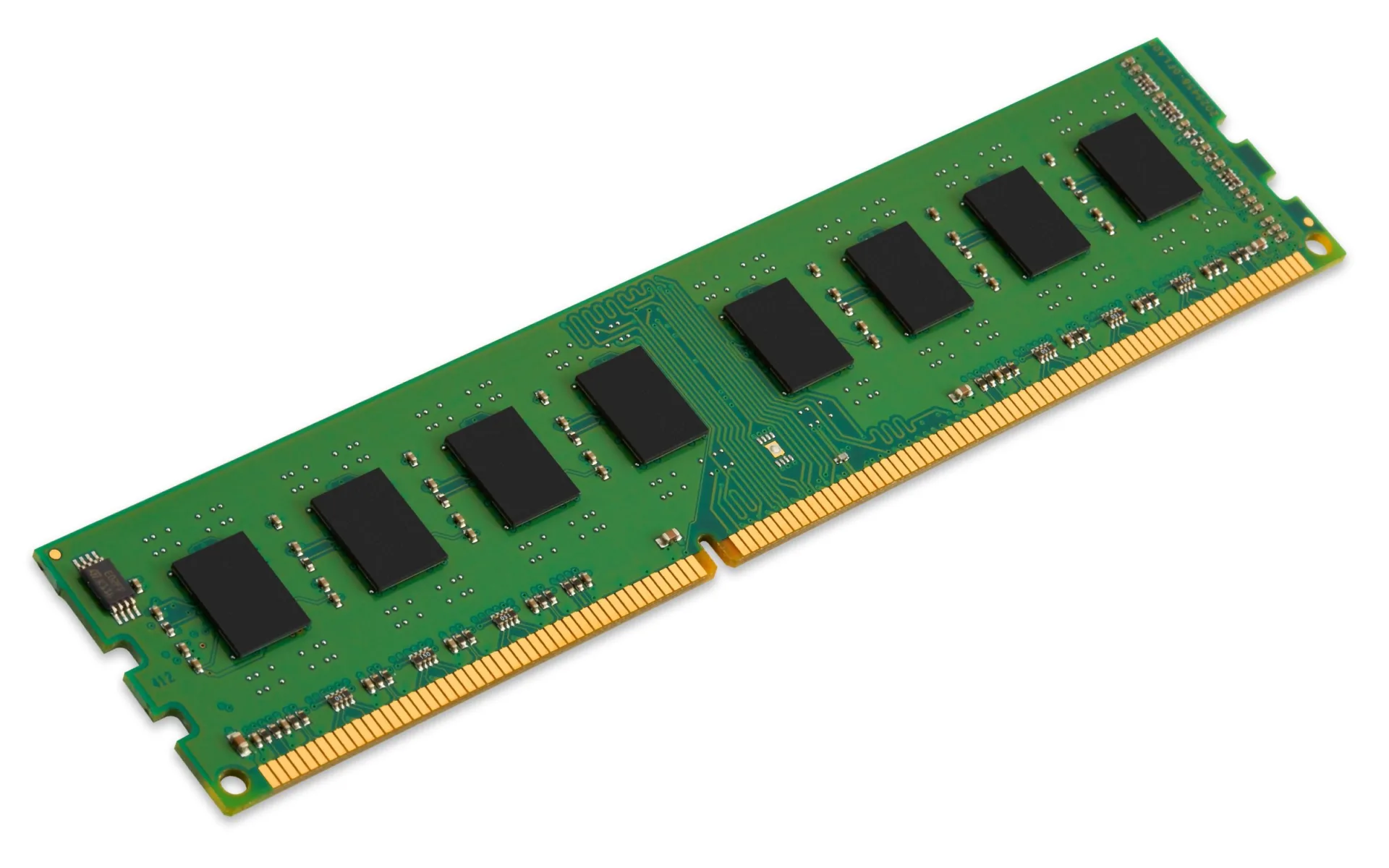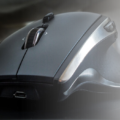DDR3 RAM has been around for over a decade now, and it is still widely used in many systems today. While DDR4 and DDR5 have emerged as the latest and greatest RAM technologies, DDR3 still has its place in the market due to its reliability and compatibility with older systems.
One of the main benefits of DDR3 RAM is its affordability. As newer technologies emerge, the prices of older technologies tend to drop, making them more accessible to a wider range of users. DDR3 RAM is no exception to this trend, as it can be found at a much lower cost than DDR4 or DDR5 RAM.
Another advantage of DDR3 RAM is its compatibility with older systems. Many older computers and laptops are not compatible with DDR4 or DDR5 RAM, which means that upgrading to the latest RAM technology would require a complete system overhaul. This is not always feasible or necessary, especially for casual users who do not require the latest and greatest hardware.
Despite its age, DDR3 RAM still provides decent performance for everyday tasks such as web browsing, document editing, and light gaming. While it may not be as fast as DDR4 or DDR5 RAM, it can still handle most tasks with ease.
One of the downsides of DDR3 RAM is its lower capacity compared to newer RAM technologies. DDR3 RAM modules typically come in capacities of up to 8GB, while DDR4 and DDR5 RAM can reach up to 16GB or more. This means that users who require more RAM for heavy multitasking or gaming may need to consider upgrading to newer technologies.
DDR3 RAM is still a viable option for many users who require affordable and reliable RAM technology. While it may not be the fastest or most high-capacity option on the market, it can still handle most everyday tasks with ease and is compatible with many older systems. As newer technologies emerge, DDR3 RAM will likely continue to drop in price and become even more accessible to a wider range of users.

Comparing DDR3 and DDR4 Memory Performance
DDR4 is a newer and more advanced memory standard as compared to DDR3. It offers several improvements over its predecessor, making it better in terms of performance, power consumption, and reliability. Here are some key differences between DDR3 and DDR4:
1. Speed: DDR4 has a higher clock speed than DDR3, which means it can transfer data at a faster rate. DDR3 operates at a maximum speed of 2133 MHz, while DDR4 can go up to 3200 MHz.
2. Bandwidth: DDR4 has a higher bandwidth than DDR3, which means it can transfer more data per second. DDR3 has a maximum bandwidth of 17 GB/s, while DDR4 can go up to 25.6 GB/s.
3. Power consumption: DDR4 uses less power than DDR3, which makes it more energy-efficient. It operates at a voltage of 1.2V, while DDR3 operates at 1.5V.
4. Capacity: DDR4 supports higher memory capacities than DDR3. DDR3 is limited to 8GB per module, while DDR4 can support up to 16GB per module.
5. Latency: DDR4 has a lower latency than DDR3, which means it can access data faster. DDR3 has a latency of 9-13 cycles, while DDR4 has a latency of 14-19 cycles.
DDR4 is a more advanced memory standard than DDR3, offering faster speeds, higher bandwidth, lower power consumption, and higher memory capacities. However, it is important to note that the performance benefits of DDR4 may not be noticeable in all applications and systems.
The Benefits of Using DDR3 RAM for Gaming
DDR3 RAM is still capable of running most modern games, but it may not provide the best performance compared to DDR4 RAM. DDR3 RAM has a lower speed compared to DDR4 RAM, which means it can’t transfer data at the same rate. This can result in slower load times and decreased performance in some games.
Additionally, DDR3 RAM has a lower capacity compared to DDR4 RAM, which means it can’t handle as much data at once. This can result in lag and stuttering in some games, especially those with high system requirements.
However, if you’re on a tight budget and can’t afford to upgrade to DDR4 RAM, DDR3 RAM is still a viable option for gaming. It’s important to note that other factors, such as your CPU and GPU, also play a role in gaming performance. So, while upgrading to DDR4 RAM may improve performance, it may not be the only solution to improving your gaming experience.
The Relevance of DDR3 in Modern Computing
DDR3 is still a viable memory technology in the computing world, but its utility depends on the specific use case. While DDR4 and DDR5 offer improved performance and efficiency, DDR3 remains a cost-effective option for older systems that are not compatible with newer memory technologies. Furthermore, DDR3 memory modules are widely available and can be easily sourced from multiple vendors, making them a popular choice for system builders and upgraders.
However, it’s worth noting that DDR3 memory is limited in terms of its maximum capacity and speed. DDR4 and DDR5 have higher maximum speeds and capacities, which make them better suited for high-performance computing tasks such as gaming, video editing, and data analysis. Therefore, if you’re building a new system or upgrading an existing one for demanding applications, DDR4 or DDR5 would be a better choice.
DDR3 is still a good option for older systems and basic computing tasks. However, for demanding applications that require high performance and efficiency, DDR4 or DDR5 would be a better choice.
The Speed of the Fastest DDR3 RAM
According to recent reports, the fastest DDR3 RAM currently available in the market is manufactured by G. Skill. The company has reclaimed the title of the world’s fastest DDR3 memory by achieving a speed of 4.4GHz. To put this into perspective, the regular speed of the RAM used was 3,000MHz, making G. Skill’s achievement a significant overclock. It is worth noting that achieving such high speeds requires specialized hardware and cooling solutions, and is not recommended for the average user.
Conclusion
DDR3 RAM may not be the latest and greatest memory technology available, but it still holds its own in today’s market. While DDR4 offers faster speeds and improved reliability, DDR3 remains popular due to its compatibility with older systems. Additionally, there are still high-performance DDR3 modules available, as demonstrated by G. Skill’s world record-breaking 4.4GHz overclock. DDR3 RAM is a reliable and cost-effective option for those looking to upgrade their computer’s memory without breaking the bank. However, for those building a new system or looking for the absolute best performance, DDR4 or even DDR5 may be the way to go.








